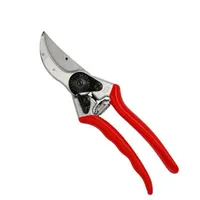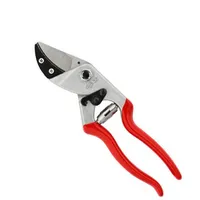Anvil vs bypass pruning shears — which is right for you?
Which pruning shear makes the best cut?

I must admit to always opting for bypass pruning shears when I’m gardening. I use them as an all-round tool to prune my plants, and they normally see me through most tasks. However, not all pruning shears are the same, and sometimes the job at hand is best taken care of using a different type of pruning shear.
I’d always recommend using one of the best pruning shears designed for a specific job, as otherwise, you could be making a pruning mistake by taking hold of the wrong tool.
Although there are four types of pruning shears to choose from, I’m diving into the two most popular types — bypass pruning shears and anvil pruning shears. So, with the help of a garden expert, discover what makes them different and for what jobs they are best suited.
Anvil vs bypass pruning shears: Design
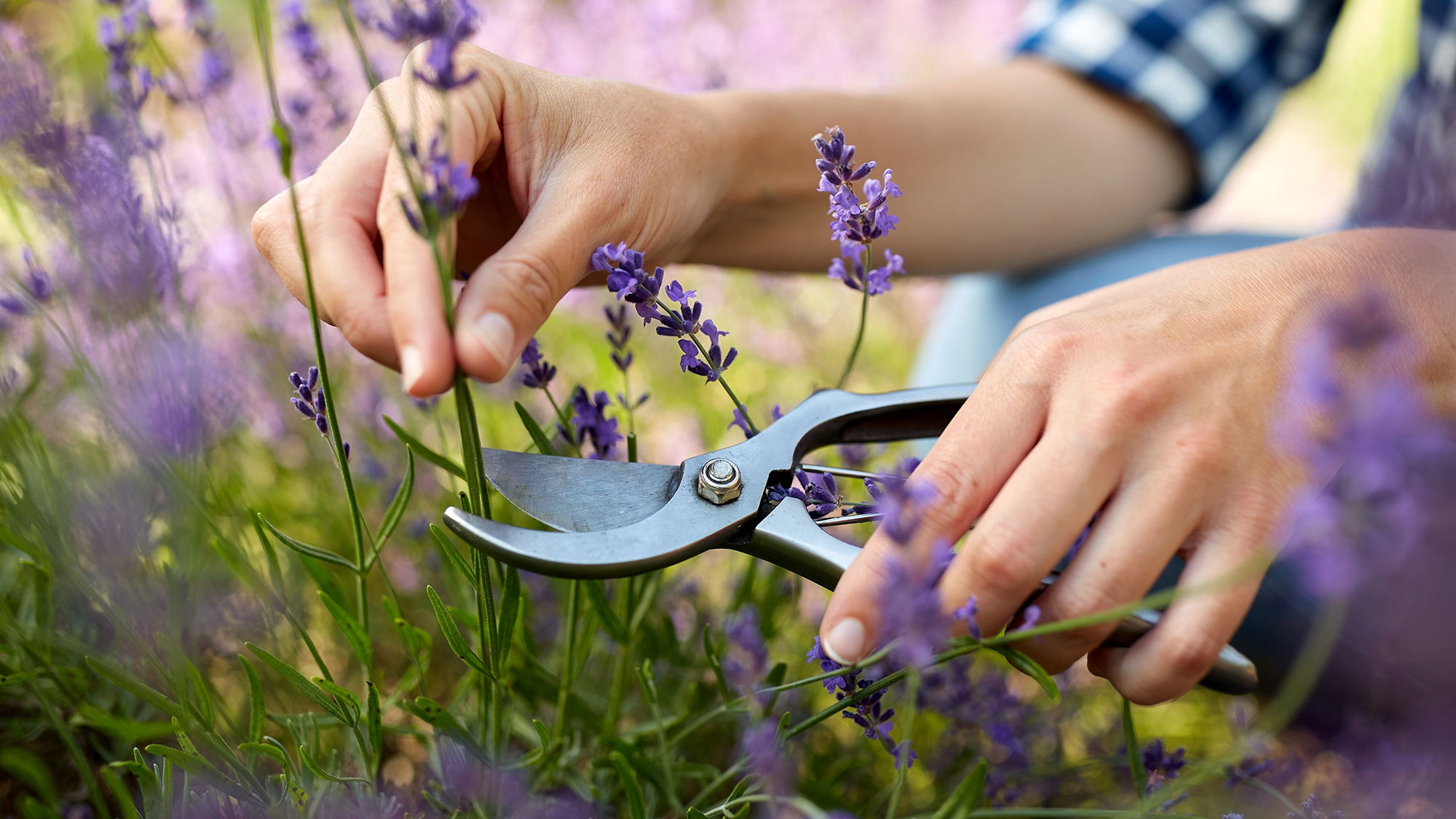
Anvil
Bypass pruning shears look quite different from anvil pruners, which are much heavier looking. Matt Moniz, landscaping and gardening expert at Maverick Landscaping, explains, “Anvil pruning shears work more like a knife slicing over a cutting board — where the blade presses down onto a smooth flat metal surface (the anvil) but works tremendously well for getting through thick, dead, or wood-like stems.”
Bypass
On the other hand, “Bypass pruning shears have two sharp, curbed blades that work in the passing pattern of scissors. One blade has a sharp edge, while the other has a counter blade,” he adds.
If you only own one pair of pruning shears, it's very likely that they are bypass pruners.
Top tip
Whether you opt for bypass or anvil pruners it's worth knowing how to extend the life of your pruning shears to keep them clean and sharp.
Get instant access to breaking news, the hottest reviews, great deals and helpful tips.
Anvil vs bypass pruning shears: Purpose
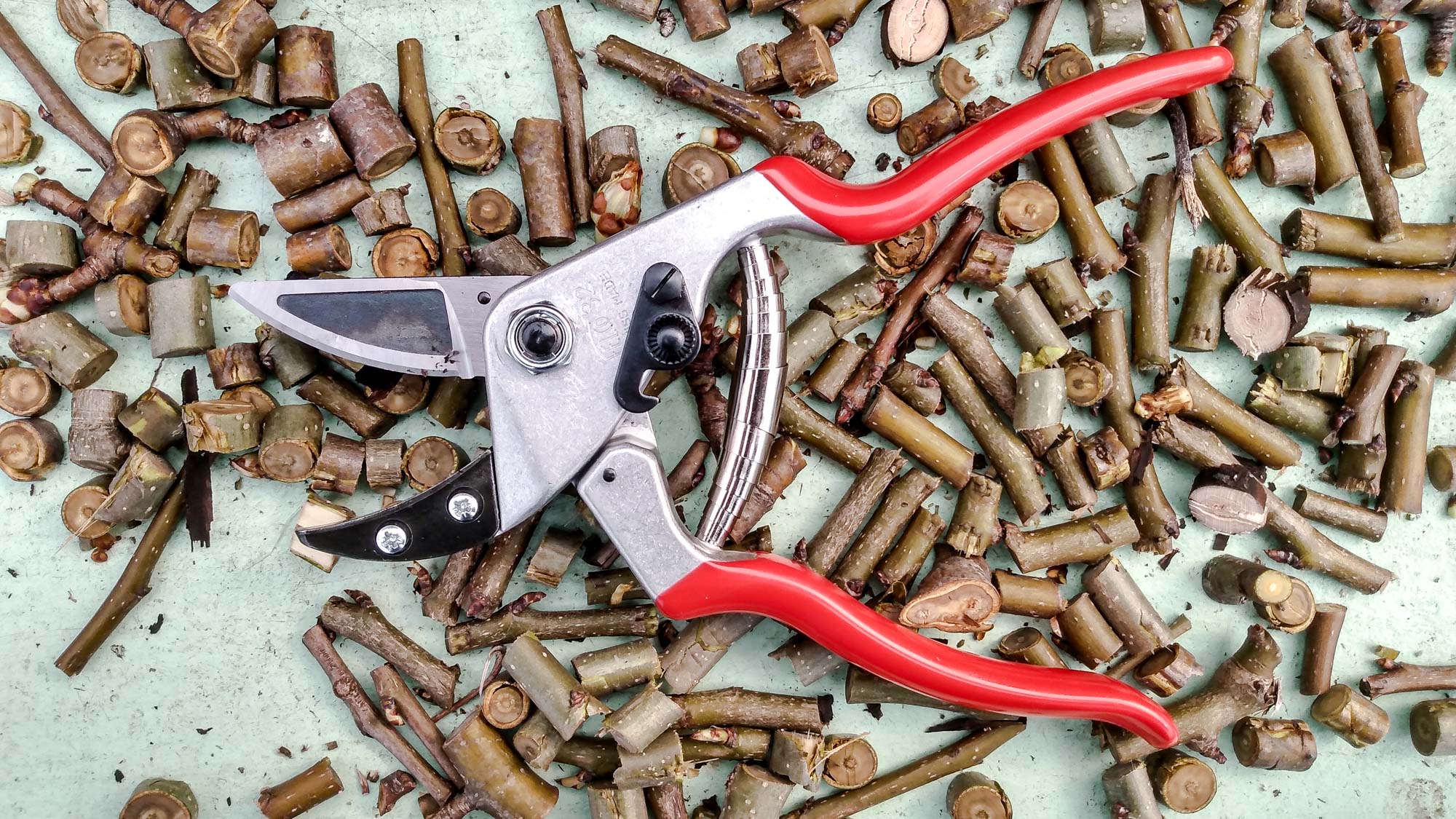
Because of the difference in blade types, anvil, and bypass pruning shears have different purposes and are best used for separate tasks.
Anvil
Moniz explains that anvil pruners tend to crush rather than cut and work well for cutting through “thick, dead or wood-like stems.” And while they “crush more than cut,” Moniz uses them when precision isn’t absolute.
Bypass
Conversely, bypass pruning shears are precise and are best used when precision and neatness are required. For this reason, Moniz says they are ideal for use on green living stems and branches.
The Felco F-2 bypass pruner is one of the most popular of its type among garden experts. Plus, it's rated the Best Professional-Grade Tool in our best pruning shears buying guide. The heavy-duty pruner is incredibly well made and has an ultra-sharp blade. Just be sure not to lose it in the shrubbery, as it should see you through years of use.
Anvil vs bypass pruning shears: Advantages
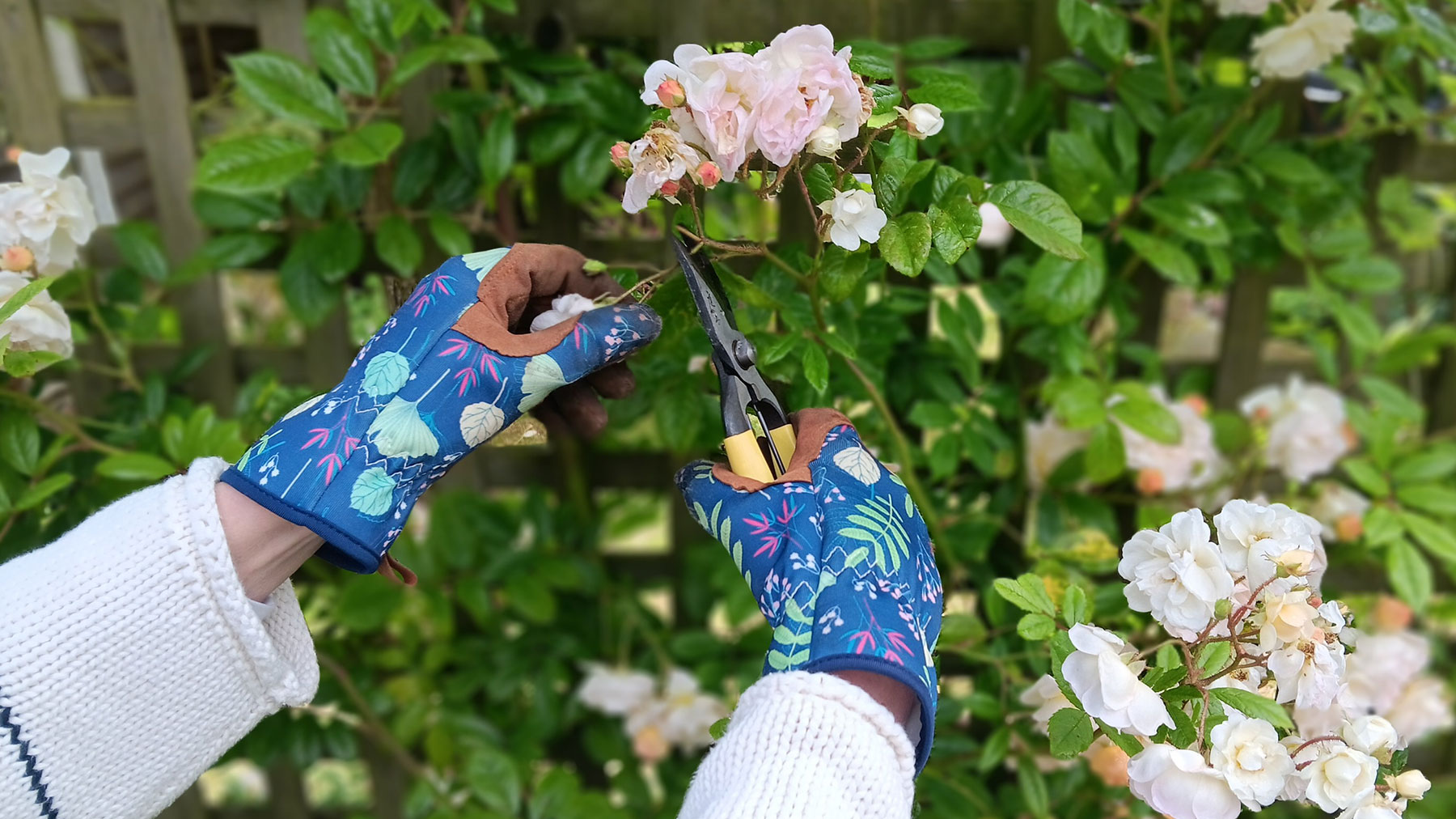
There's a good reason why pruning shears are designed differently — so what qualities does each one have?
Anvil
Anvil pruning shears have more power than their bypass counterpart and “cut through harder material with less effort,” says Moniz.
And for this reason you'll also find they tackle thicker stems.
Bypass
A bypass pruning shear will give a cleaner cut to live stems and will enable your plants to recover without causing unwanted damage. “The purpose of such shears is to make clean, neat cuts that allow a plant to heal rapidly, thus minimizing damage. The major advantage is that they make clear cuts instead of crushing the plant tissues,” says Moniz.
Anvil vs bypass pruning shears: Disadvantages
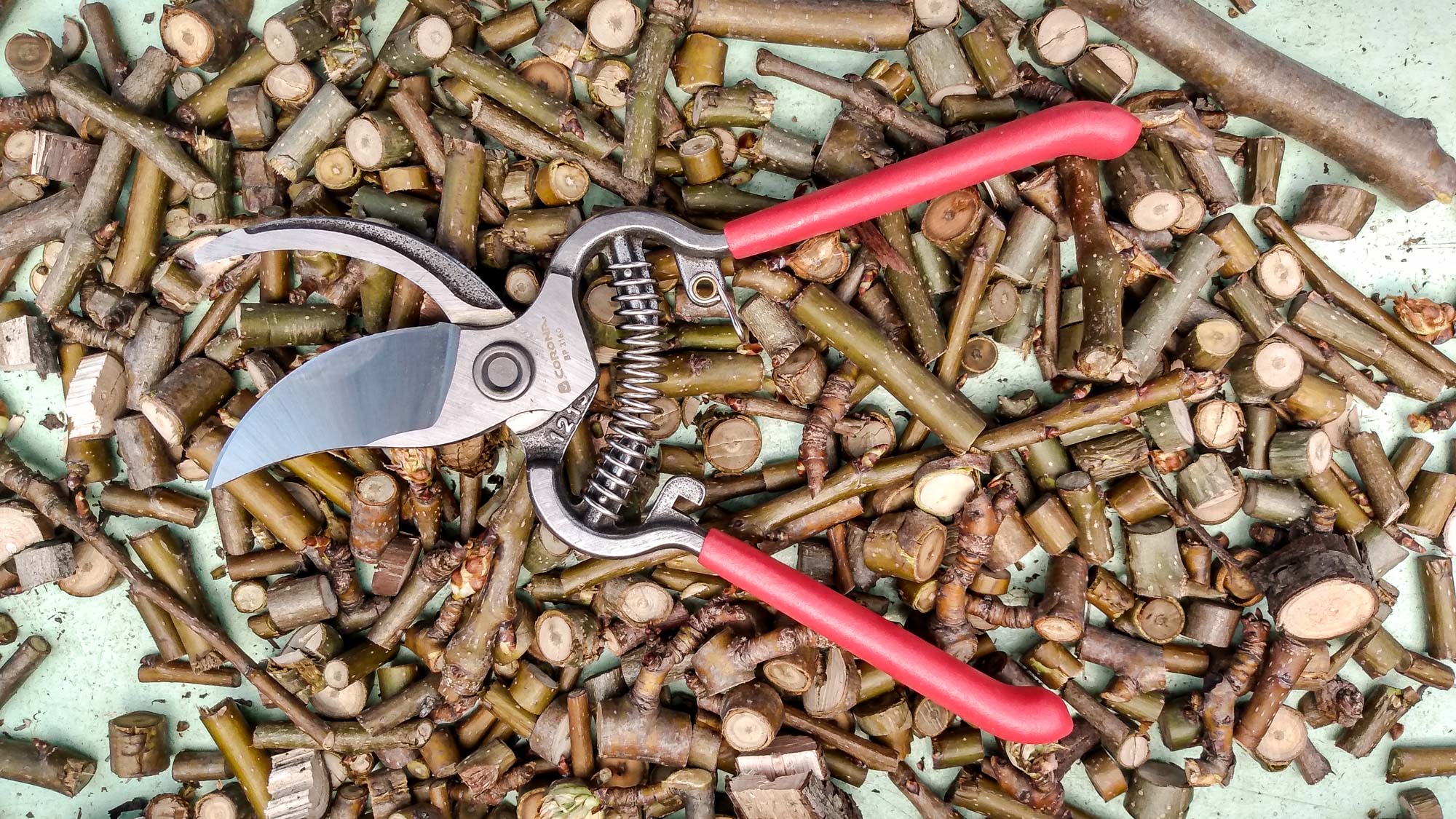
Pruning shears don't all work the same, so where do they fall down and when should you avoid using them?
Anvil
The main issue with using anvil pruners is that they can crush living stems, “causing stress on the plant while healing is delayed,” says Moniz.
Therefore, the are best kept to pruning old wood, rather than causing harm to fresh stems.
Moniz also explains that anvil pruning shears often need to be cleaned more often than their bypass counterpart, as they get coated in “gunk” when cutting through sappy branches.
Bypass
The downside to using bypass pruning shears is that they are not suitable to cut dead or woody stems, with Moniz warning that they can “twist or even jam”. Therefore, protect your bypass pruning shears by keeping them away from hefty pruning tasks.
This Felco anvil pruner has a very sharp blade and a rugged design and is recommended as the Best Anvil Pruning Shear in our best pruning shears buying guide. The hardened steel blade, metal anvil and wide grip smoothly cut through 1-inch thick sticks.
Anvil vs bypass pruning shears: Maintenance
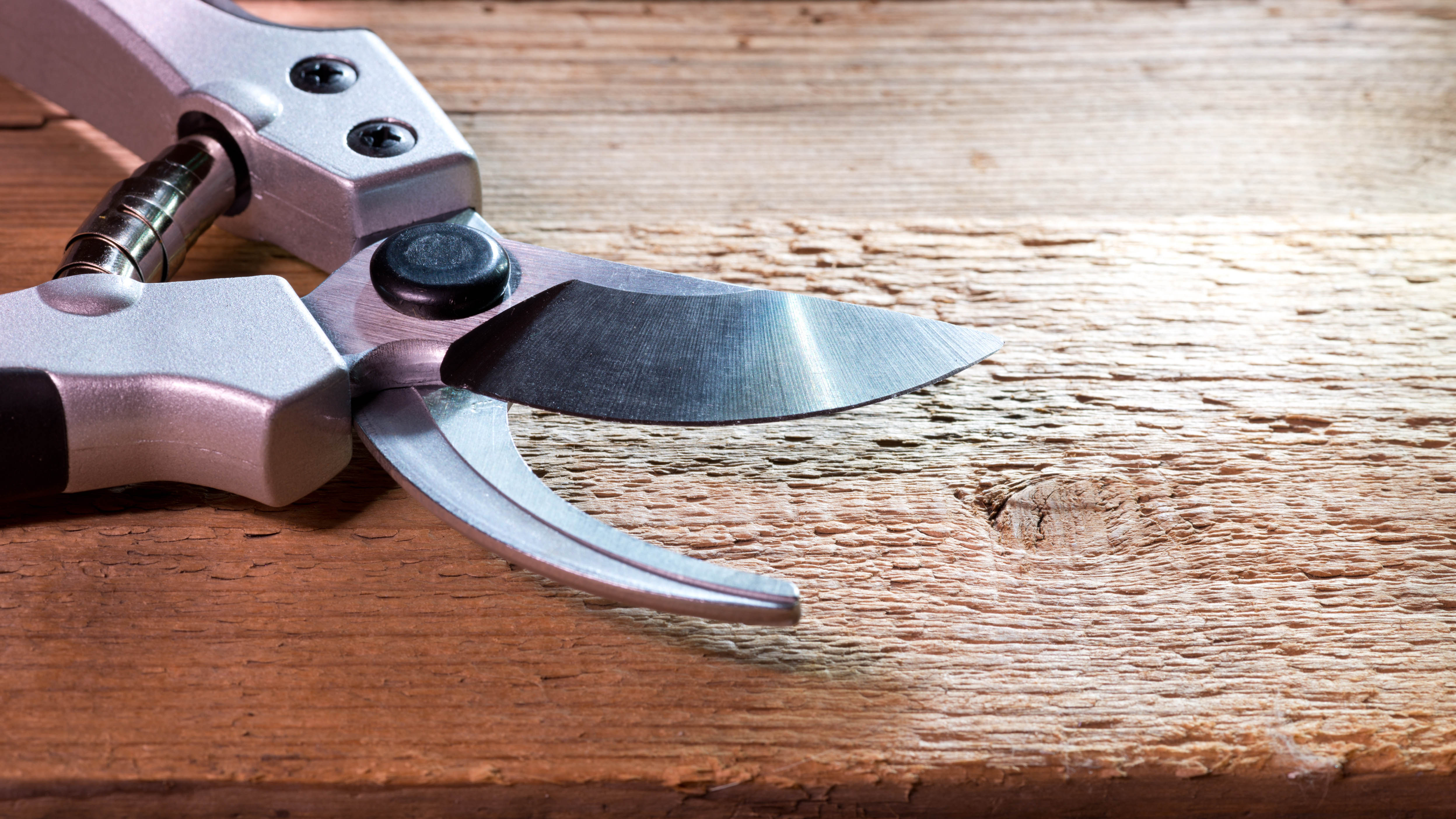
If you keep the blades of your pruning shears clean and sharp, Moniz says you shouldn’t have any problem maintaining either anvil or bypass pruning shears. So, it’s worth knowing how to sharpen pruning shears to keep them in good working order.
Keeping on top of the maintenance will keep them working well and you'll avoid having to rescue them from rust, or buy a replacement pair.
Anvil vs bypass pruning shears: Verdict

Bypass pruning shears will always give a cleaner cut, so unless you’re cutting dead wood, buying a pair of the best bypass secateurs over anvil pruners should be your preferred choice. However, if you have lots of thicker branches and dead wood to prune, ensure you invest in an anvil pruner.
More from Tom's Guide
- Discover the best gardening gloves
- And 5 ways to get the best out your pruning shears
- Plus, 7 mistakes everyone makes when deadheading plants

Camilla is the Homes Staff Writer and covers everything to do with homes and gardens. She has a wealth of editorial experience, mounting over 30 years, and covers news and features, tests products for reviews and compiles buying guides.
Her work has appeared in business and consumer titles, including Ideal Home, Real Homes, House Beautiful, Homebuilding & Renovation, and Kitchen & Bathroom Business. She’s even appeared on the cover of Your Home, writing about her own house renovation.
Although she’s obsessed with decorating her home, she also enjoys baking and trying out the latest kitchen appliances. But when she’s not inside, you’ll find her pottering about in her yard, tending to her vegetable patch or taking in her prized hydrangeas.
You must confirm your public display name before commenting
Please logout and then login again, you will then be prompted to enter your display name.
